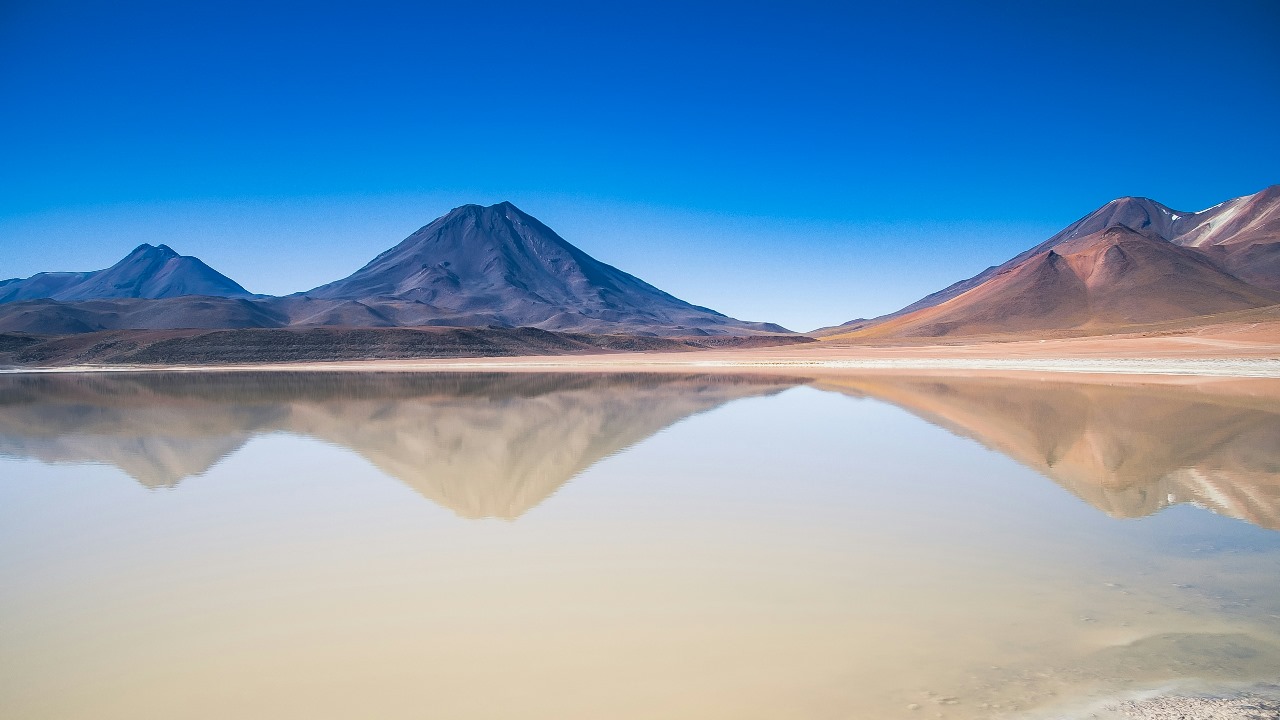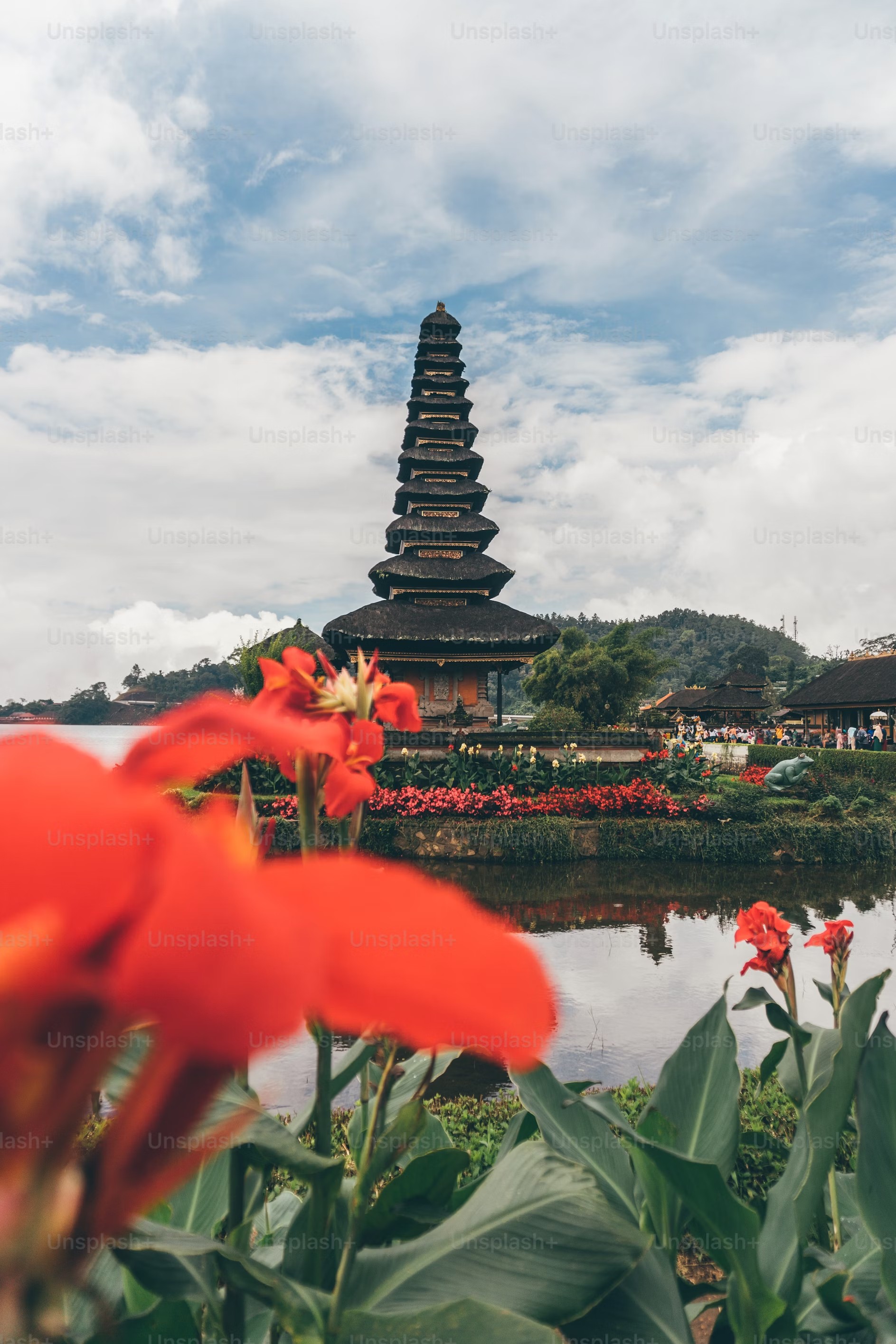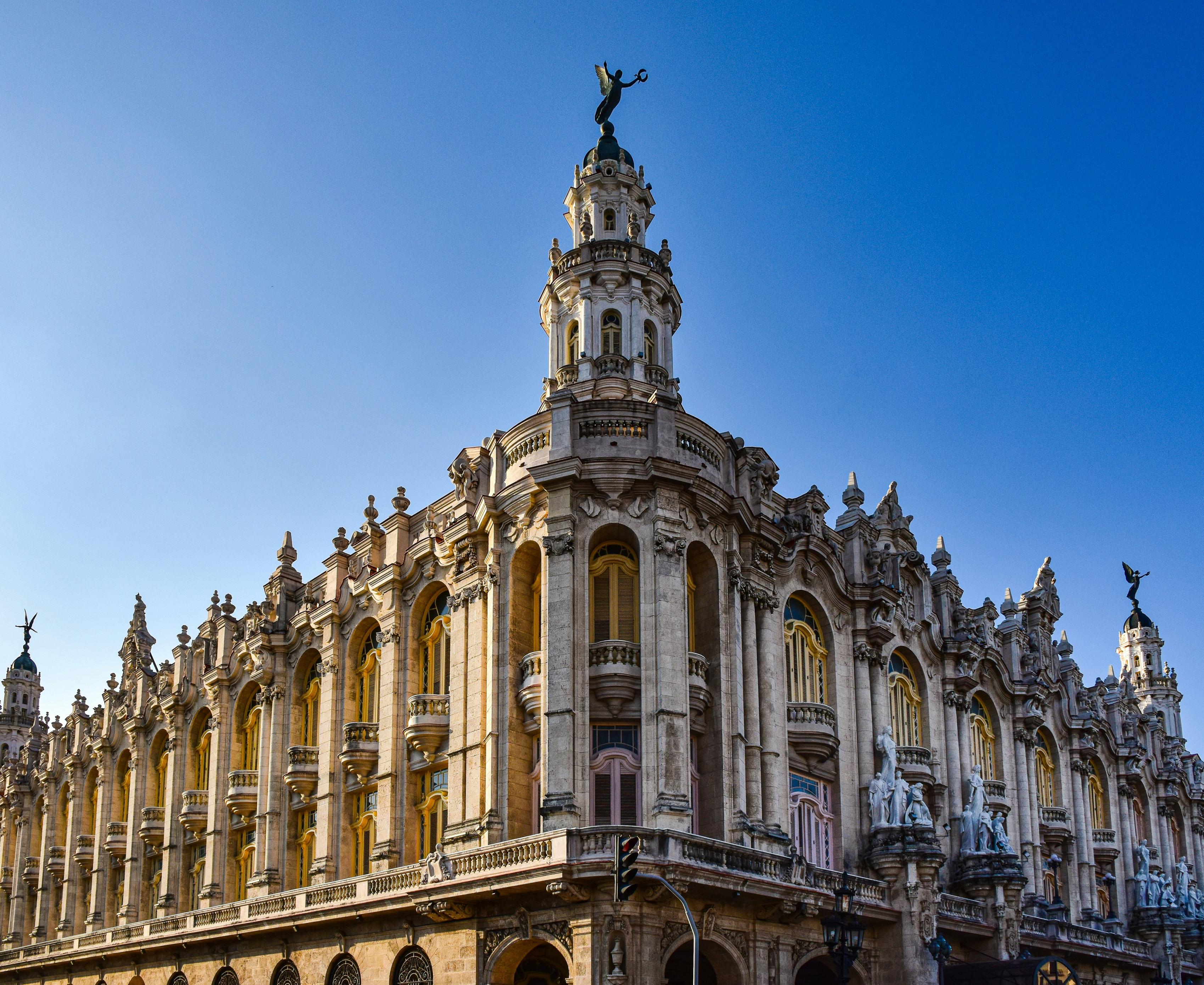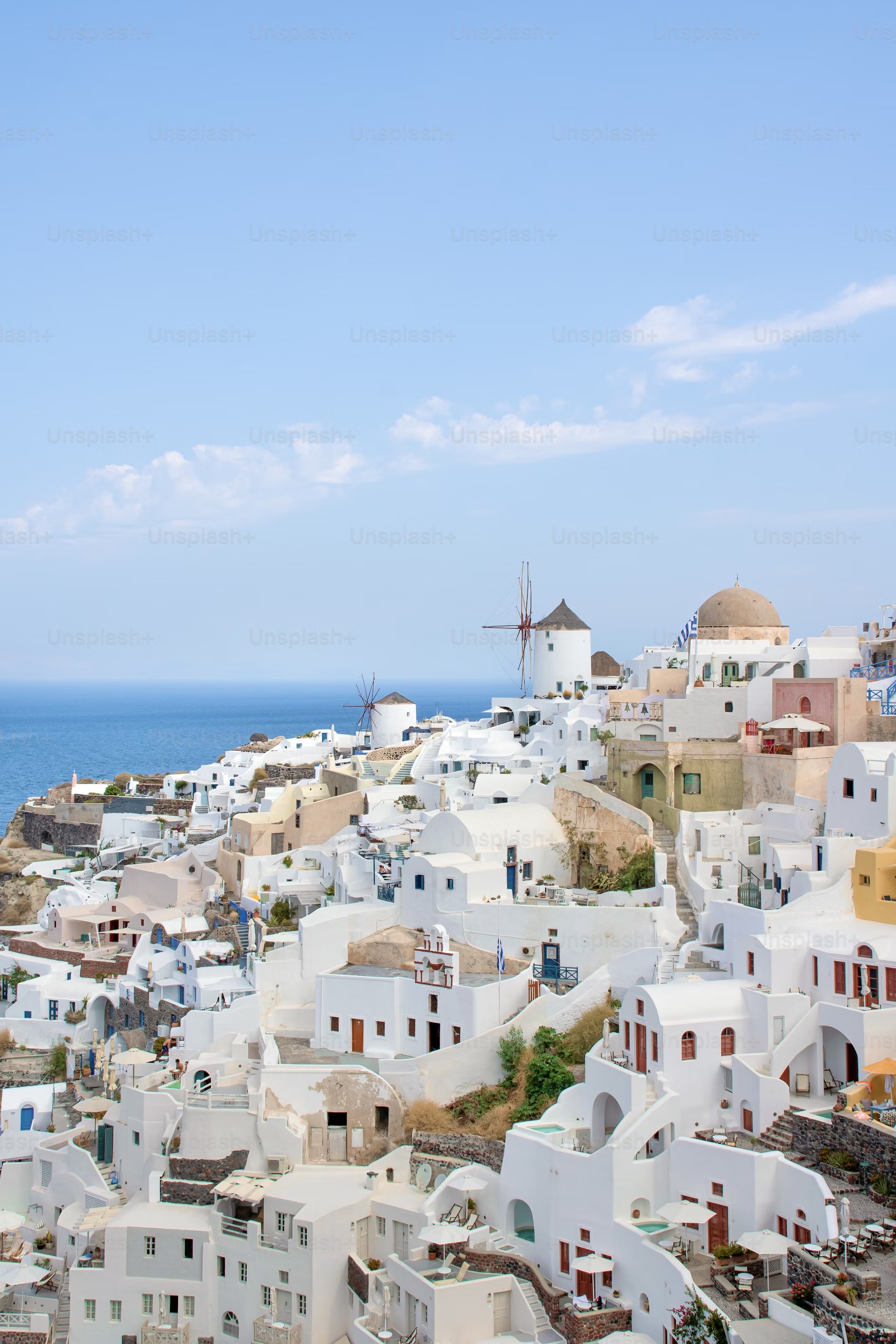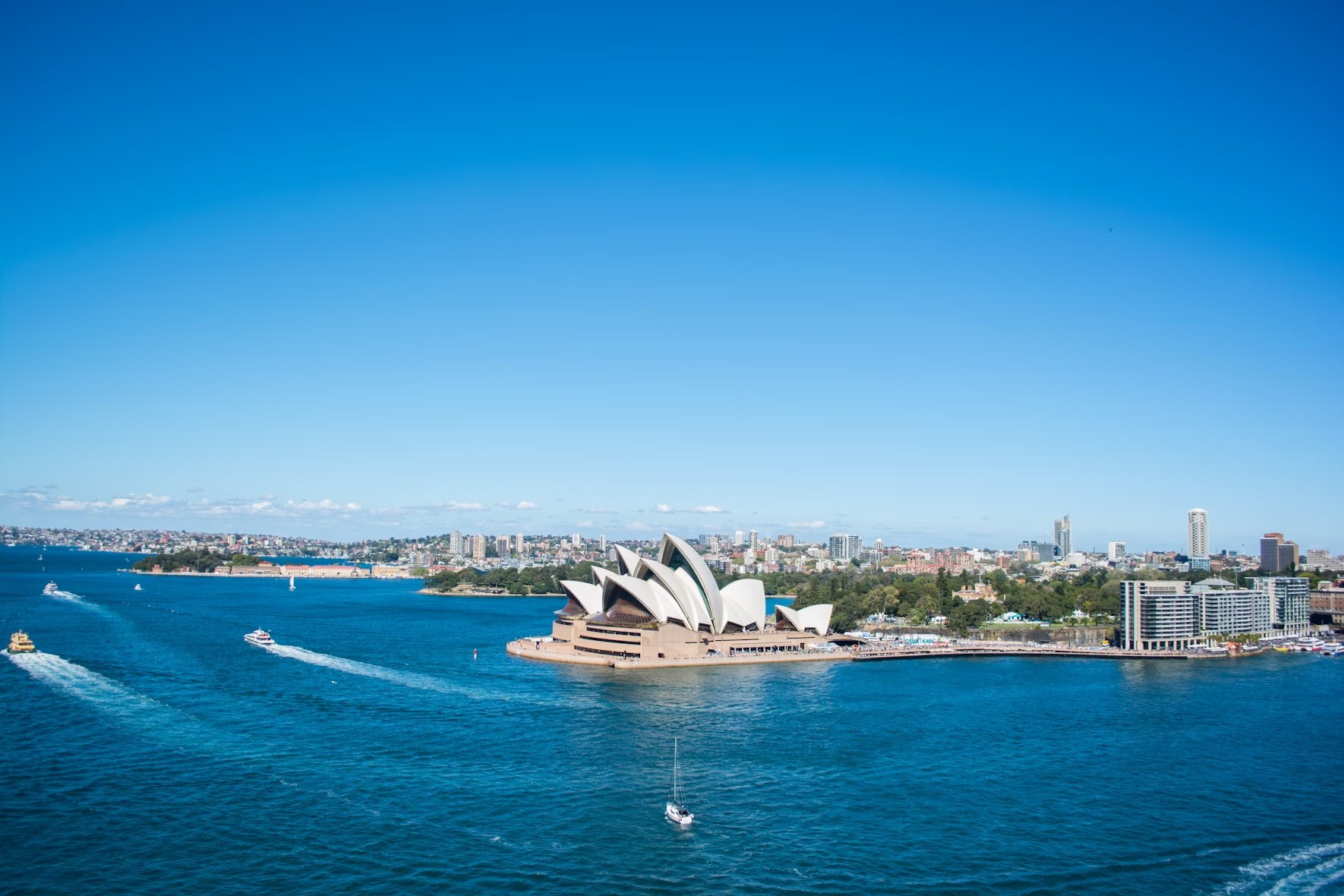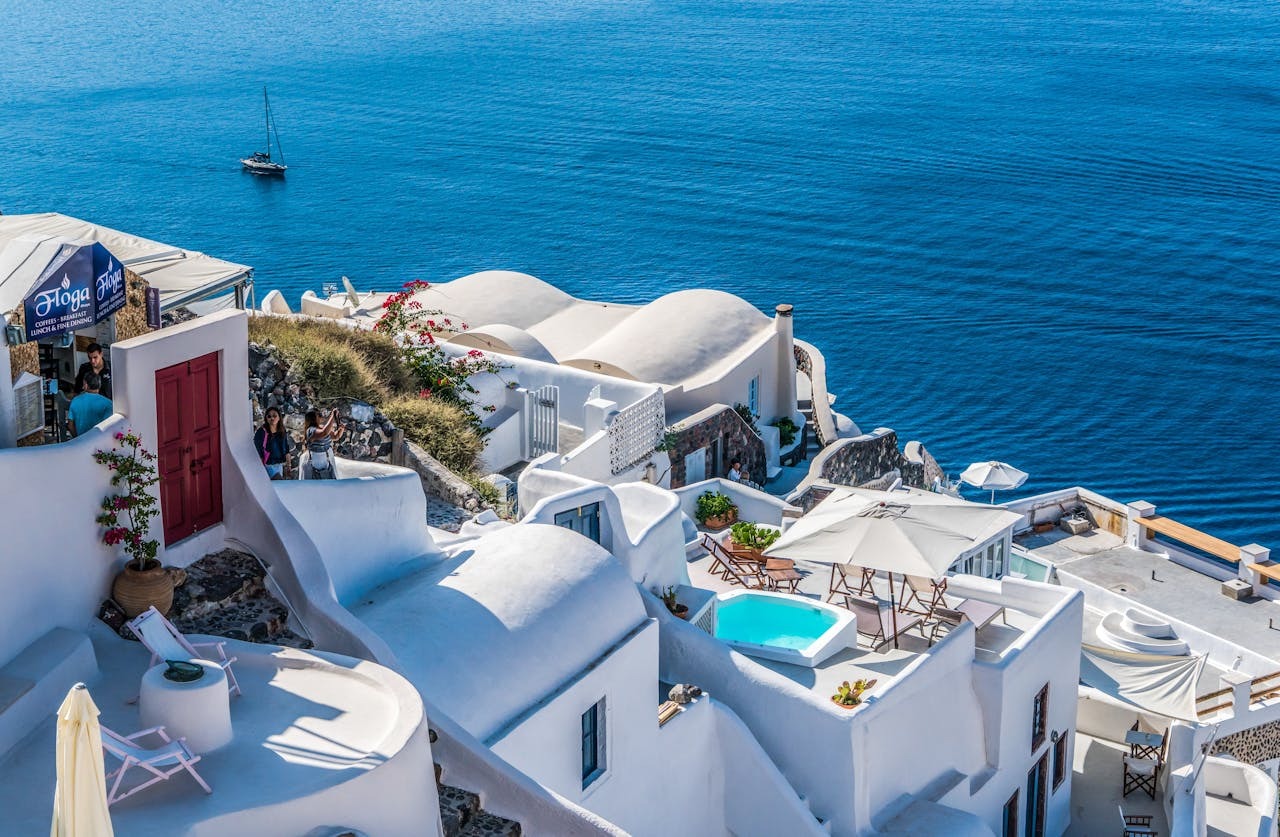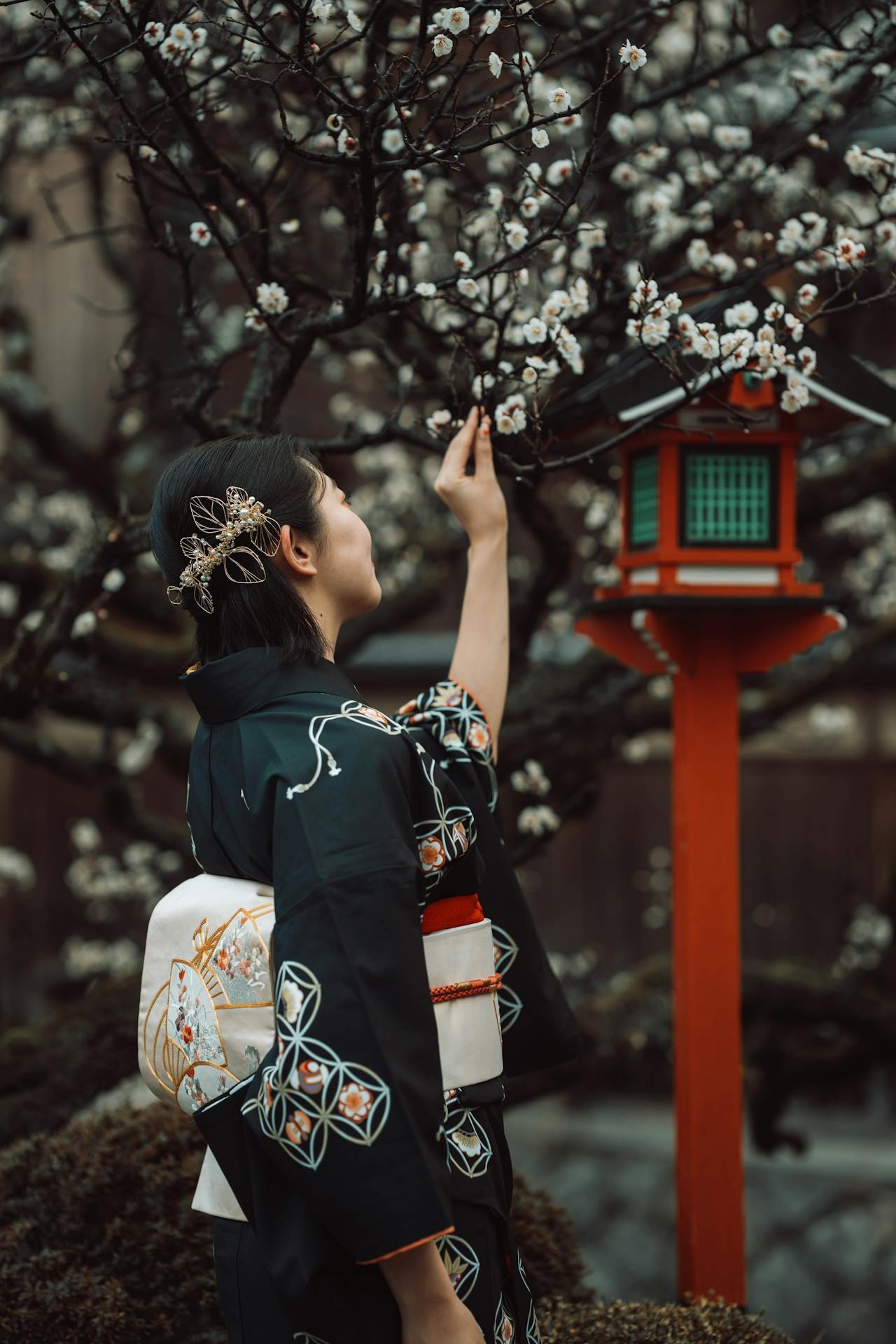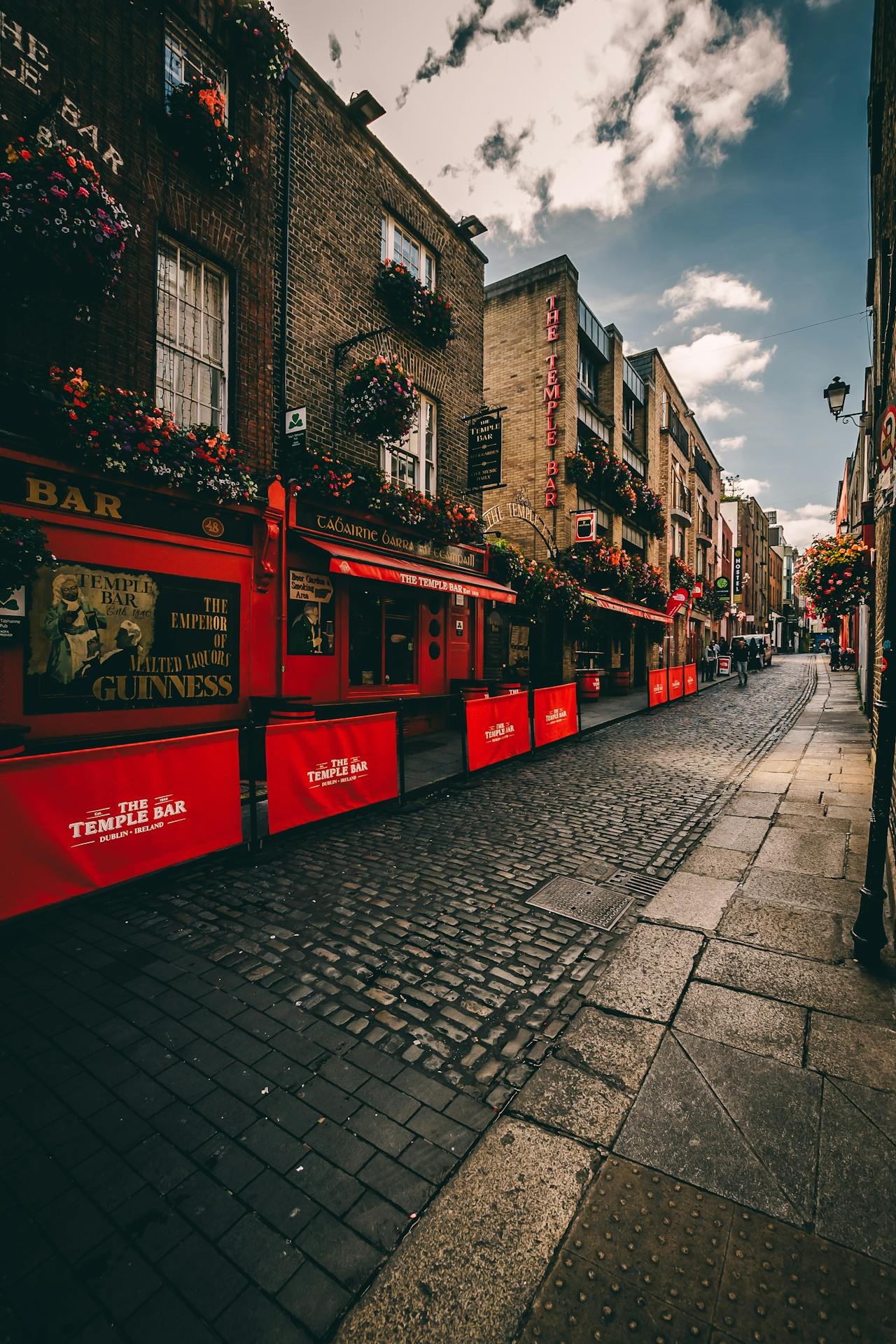
TRAVEL N’ RELAX WAS SELECTED AS THE BEST TRAVEL AGENCY IN DENVER
Welcome to Travel N Relax, your premier Denver travel agency specializing in creating fully customized vacations that turn your travel dreams into reality. With over 20 years of expertise, our Colorado-based travel advisors are dedicated to crafting unforgettable experiences tailored to your passions and personal style. Whether you’re planning a romantic getaway, a family adventure, or seeking the magic of a Disney or Universal Studios vacation, our team of past Disney Cast Member Travel Agents ensures that every detail of your trip is meticulously planned. Discover why Travel N Relax is trusted by travelers seeking personalized service and exceptional value. Contact us today to start planning your dream vacation and let us bring your travel dreams to life! Whether you’re looking to travel soon or want to work with a travel expert to map out a future travel dream, Travel N Relax is just a click or call away.

Working with Travel n Relax has been a great experience. Very responsive communication and helped with all aspects of the vacation. Thanks Rob!!!
Rob is an experienced professional and industry leader. I would trust no one else more with my travel plans as I know he will be able to provide me with better pricing and experience than I could do on my own.
We have worked with Lisa on two separate trips over the last two years and I would strongly recommend her for anyone looking for travel resources. She has always been extremely responsive and a pleasure to work with.












Discover Bespoke Journeys

TRAVEL N’ RELAX WAS SELECTED AS THE BEST TRAVEL AGENCY IN DENVER
Unrelenting dedication to our clients, meticulously planned vacation details, and thoughtful consultation before, during, and after each trip has allowed us to become one of the top travel agencies in Colorado. Trusted, respectful partnerships are how we’ve built intimacy with our clientele over 20 years, creating once-in-a-lifetime experiences for them year after year.
meet your travel advisors

ROB HALE
Rob Hale is an American Society of Travel Advisors (ASTA) Verified Travel Advisor and a Certified Travel Associate (CTA) and Certified Travel Counselor (CTC) through the Travel Institute. Rob has been a Travel Advisor since 1992 when he began his career with the Walt Disney Travel Company. Rob has served in the roles of Chapter President of the Rocky Mountain chapter of American Society of Travel Advisors (ASTA), ASTA NW Regional Director and as a National Board Member of ASTA. He currently sits in the role of Past President on the Rocky Mountain ASTA Chapter.

Lisa Hale
Lisa Hale is an American Society of Travel Advisors (ASTA) Verified Travel Advisor and a Certified Travel Associate (CTA) through the Travel Institute. Lisa has been a Travel Advisor since 2017. Her passion is travel! Lisa loves booking trips for her clients and loves to travel herself. Lisa has been to 56 countries and territories on four continents, including Canada, Mexico, the Caribbean, several European Countries, Japan and South Korea, Cartagena in Columbia, Kenya, Turkey, Costa Rica, and all 50 states. Lisa has also been on several cruises, including cruises on the Baltic, Alaska cruise tours and a Panama Canal cruise.

SEAMLESS TRAVEL PLANNING FOR YOUR UNFORGETTABLE JOURNEYS
Travel N Relax ensures that your trip is seamlessly planned, offering fully customized options on hotels, flights, and car rental packages. With over 20 years of expertise, our Denver-based travel agency provides personalized travel experiences, working only with top-rated providers. Our dedicated agents are passionate about travel, continuously updating their knowledge to give you the best possible service. Whether you desire a family vacation, romantic getaway, cruise escape, or group travel, Travel N Relax promises an unforgettable journey.
EMBRACE THE SPIRIT OF TRAVEL
Planning travel can be complex and challenging. At Travel N Relax, we specialize in romance and family travel, offering personalized services for groups, destination weddings, honeymoons, cruises, and more, to ensure you obtain the best travel experience possible. Our Denver travel agents provide detailed destination information, recommend nearby restaurants and activities, and offer travel tips to enhance your experience. Whether it’s a family trip, adult-only time, or a group trip Travel N Relax helps you become a well-informed traveler, ensuring the best value and an unforgettable journey.


EXPERTISE IN CRUISE LINES AND LUXURY GETAWAYS
Travel N Relax offers a wide selection of land and cruise vacation packages tailored to your travel desires. Our expertise in cruise lines and luxury getaways ensures we exceed your expectations. We provide personalized services, address all questions and special requests, and have global connections to enhance your travel experience. Whether it’s a luxury vacation or an experiential trip, we deliver unique, value-packed travel solutions from our Aurora, Colorado agency, unmatched in customer service.
START PLANNING YOUR IDEAL VACATION NOW
At Travel N Relax, we pride ourselves on having a team of dedicated, loyal, and highly skilled travel agents. Serving clients across the United States, our Aurora travel specialists are known for their kindness, care, and support. We handle every travel detail, from accommodations and transportation to sightseeing and restaurant reservations, ensuring you get the best rates and top service. Travel enriches life, and we work hard to make your dream vacation a reality. Start your next adventure with Travel N Relax today!


CREATING PERSONALIZED ITINERARIES FOR MEMORABLE JOURNEYS
Travel N Relax has developed a loyal customer base in Denver, Colorado, and across the United States, by providing top-notch travel services. Our focus is on you, creating personalized itineraries and memorable travel experiences. Most new clients come from referrals, a testament to our personalized approach in creating exceptional travel experiences. We treat every client as our most important, working in your best interest. Let our travel experts handle your trip details, ensuring a stress-free vacation filled with amazing experiences and wonderful memories.
Travel Blog
Testimonials

Where to next?
We’ll create a vacation you’ll remember forever.






